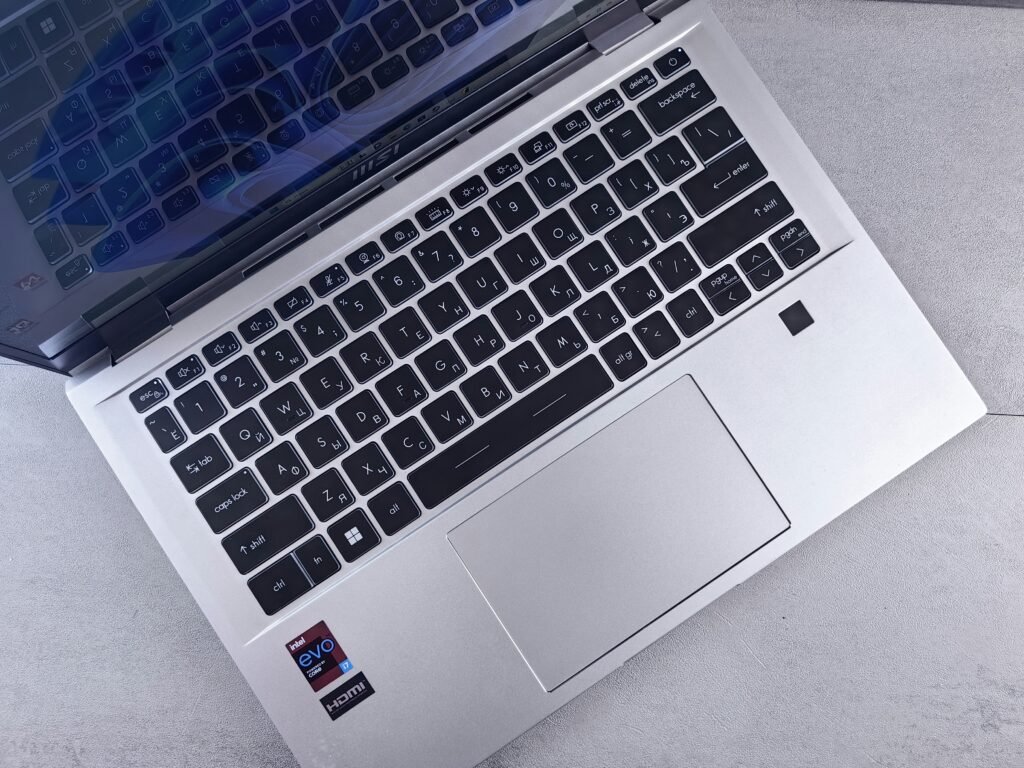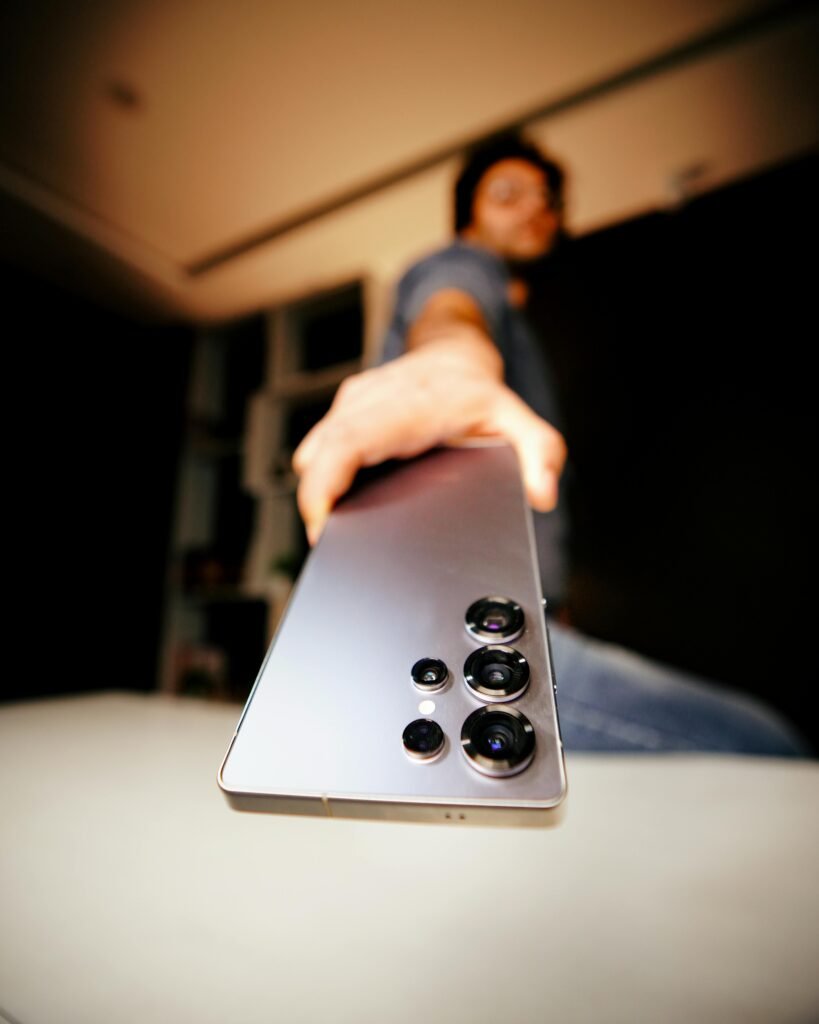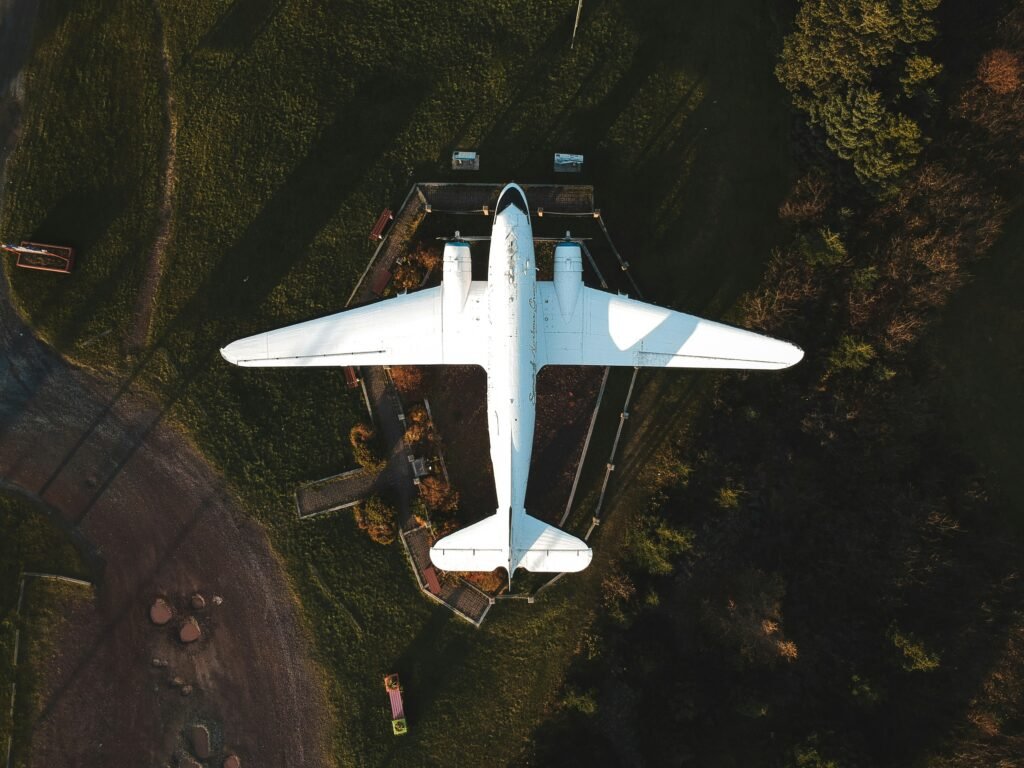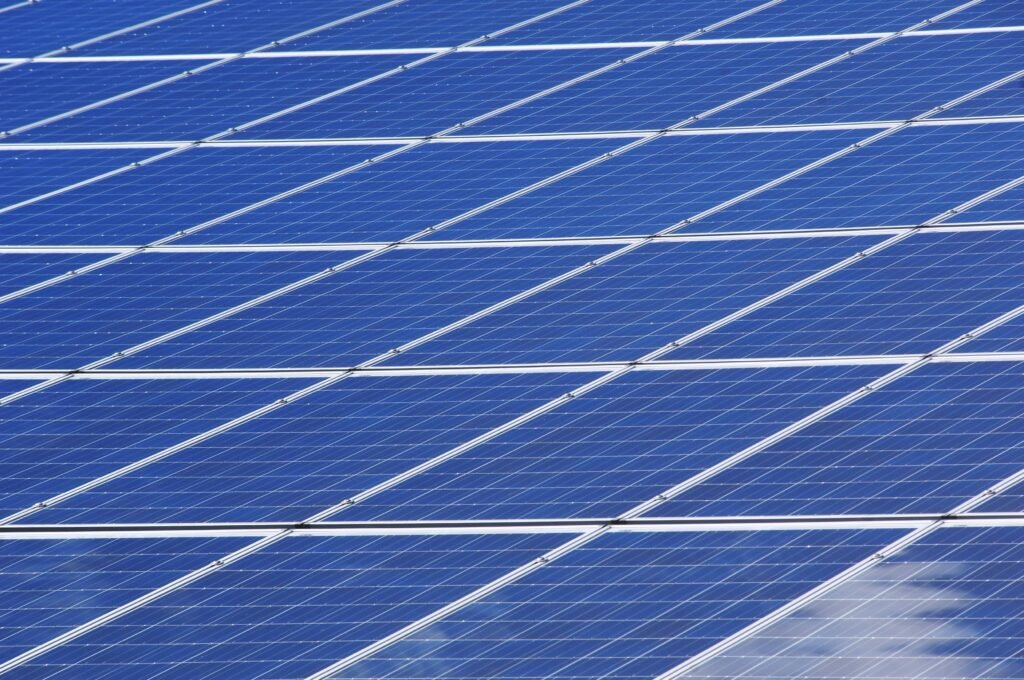
Overview of Smart Drone Technology
Smart drones represent a significant evolution in aerial technology, distinguishing themselves from traditional drones through enhanced functionalities and automated capabilities. While conventional drones primarily rely on manual operation and are limited in their scope of tasks, smart drones utilize advanced sensors, artificial intelligence (AI), and sophisticated algorithms that empower them to perform autonomously and adaptively in various environments. This shift towards autonomy is at the core of the transformation, allowing these advanced devices to increase efficiency and expand their operational capabilities.
One of the key features of smart drones is their integration of aerial robotics technology. This encompasses not only the mechanical components of the drone but also the software-driven elements that facilitate complex navigational tasks. For instance, smart drones are equipped with advanced sensors that can detect and avoid obstacles, making real-time decisions that enhance safety and effectiveness in flight. Additionally, the use of AI allows for enhanced data processing, enabling these drones to carry out tasks such as mapping, surveillance, and delivery with a high degree of precision.
Furthermore, machine learning algorithms facilitate continuous improvement in the performance of smart drones. As these drones operate in various settings, they gather data that contributes to their ongoing learning process, allowing them to refine their decision-making capabilities and operational protocols. This aspect of smart drone technology not only increases operational excellence but also significantly broadens the applications for which these drones can be utilized, spanning industries such as agriculture, logistics, and emergency services.
In conclusion, the advent of smart drone technology signifies a paradigm shift in the capabilities of aerial vehicles. By harnessing the power of AI and advanced robotics, smart drones are poised to redefine the landscape of various industries, offering unprecedented utility and efficiency that far surpasses their traditional counterparts.
Major Features of the 2026 Smart Drone
The 2026 Smart Drone stands out in the rapidly evolving field of unmanned aerial vehicles (UAVs), incorporating cutting-edge technologies that significantly enhance its operational efficiency and user-friendliness. One of the standout features of this drone is its advanced navigation systems. Utilizing a combination of GPS and inertial measurement units, the drone is capable of navigating complex environments with precision. This advancement ensures accurate positioning and a reliable flight path, crucial for a variety of applications, from aerial photography to search and rescue missions.
Obstacle avoidance technology is another remarkable feature integrated into the 2026 Smart Drone. This system employs an array of sensors, including ultrasonic, infrared, and optical sensors, to detect and avoid obstacles in real time. This capability not only minimizes the risk of collisions but also establishes greater autonomy for the drone, allowing it to operate in dynamic and densely populated settings. As a result, users can execute operations with enhanced confidence, knowing that the drone will adeptly maneuvers around hindrances.
Real-time data processing further amplifies the drone’s performance. Equipped with robust onboard computing resources, the 2026 Smart Drone can analyze data swiftly, enabling instant decision-making during flight. This feature is particularly beneficial for applications requiring immediate responses to changing conditions or environments, such as monitoring wildlife or assessing disaster-stricken areas.
Lastly, the enhanced battery life of the drone marks a significant improvement over its predecessors. By utilizing advanced lithium-polymer technology, the 2026 Smart Drone can sustain longer flight times, increasing its operational range and overall effectiveness. These features collectively position the drone as a versatile and reliable tool for various industries and applications, setting a new standard in drone technology.
Technological Innovations Behind the Drone
The smart drone of 2026 represents a significant leap forward in various technological innovations that underpin its advanced capabilities. Central to this development is the evolution of materials science, where lightweight composites and flexible materials play a critical role. These advancements facilitate enhanced aerodynamics and increase energy efficiency, ultimately allowing the drone to achieve longer flight durations and greater operational ranges. By incorporating materials that are both strong and lightweight, manufacturers are able to design drones that are resilient yet manageable, demonstrating a remarkable balance between durability and performance.
Battery technology has similarly experienced substantial improvements, with the incorporation of lithium-sulfur and solid-state batteries. These new battery types offer higher energy densities, enabling the smart drone to remain airborne for extended periods without necessitating frequent recharges. Faster charging times are also a feature of these next-generation batteries, significantly enhancing operational efficiency. By overcoming the limitations of current battery systems, these innovations promise to revolutionize how drones are utilized across various sectors, from delivery services to aerial photography.
Another cornerstone of the smart drone’s evolution lies in the application of advanced artificial intelligence (AI) algorithms. These algorithms enhance the drone’s decision-making capabilities, allowing it to navigate complex environments autonomously. Improved machine learning techniques enable real-time analysis of data gathered from flight, ensuring that the drone can adapt to dynamic conditions. Additionally, AI-powered analytics facilitate a more intuitive user interface, empowering operators with seamless control and access to a wide array of functionalities, including obstacle avoidance and flight path optimization.
Furthermore, sensor technology has seen tremendous advancements that significantly improve flight stability and environmental awareness. High-resolution cameras, LiDAR systems, and multi-spectral sensors are integral components that provide critical data for navigation and task execution. These innovations enable the drone to operate efficiently in various conditions, making it a versatile tool for both recreational and commercial use. Over time, these technological advancements collectively contribute to the transformative potential of the smart drone, ensuring it remains at the forefront of aerial innovation in the coming years.
Applications of the New Smart Drone
The revolutionary smart drone of 2026 presents a multitude of applications spanning various industries, thereby transforming existing practices and offering innovative solutions. In agriculture, for instance, farmers can utilize these advanced drones for crop monitoring, soil analysis, and precision spraying. By employing imaging technology and sensors, the drones assess crop health and optimize resource use, ultimately leading to increased yields and sustainable practices. A practical example involves a vineyard that successfully monitors its grapes’ growth and adjusts irrigation based on real-time data, reducing waste and enhancing quality.
Additionally, the logistics and delivery sectors benefit significantly from the capabilities of the new smart drone. Companies can enhance their delivery services by deploying drones for last-mile deliveries, reaching remote locations swiftly and efficiently. A noteworthy case is that of a pharmaceutical company that adopted drone technology to transport essential medicines to rural hospitals. This implementation not only reduced delivery times but also alleviated transport challenges in underserved regions.
The emergency response domain also witnesses a shift due to the innovative features of the 2026 drone. During natural disasters or large-scale emergencies, these drones can facilitate rapid assessments and provide vital information to first responders. For example, in the event of an earthquake, drones equipped with thermal imaging can survey affected areas to locate survivors, potentially saving lives and ensuring faster recovery efforts.
Surveillance and security applications are another essential domain where the smart drone takes precedence. The use of drones for monitoring large areas, constructing buildings, or securing borders provides authorities with crucial information. An example can be observed in urban environments, where law enforcement agencies employ drones to enhance city surveillance, improving public safety and reducing crime rates.
Through these varied applications, the smart drone of 2026 showcases its potential to revolutionize numerous sectors, streamlining operations and enhancing efficiency across the board.
Environmental Impact and Sustainability Efforts
The revolutionary smart drone of 2026 represents a significant advancement in drone technology, not only in terms of functionality but also in its commitment to environmental sustainability. The design of this drone incorporates eco-friendly materials that minimize environmental impact. By utilizing biodegradable composites for its frame and components, the smart drone sets a new standard in reducing plastic waste and carbon emissions during its lifecycle.
One of the most notable features of this drone is its energy-efficient propulsion system. Unlike traditional fuel-powered drones, the smart drone leverages cutting-edge electric propulsion technology grounded in renewable energy sources. This system allows for extended flight times while significantly lowering greenhouse gas emissions. The integration of solar panels on the drone further enhances its sustainability by harnessing solar energy during operation, thereby reducing reliance on conventional energy sources.
The smart drone’s capabilities extend beyond its individual sustainability. Its application across various sectors offers substantial contributions to broader sustainability initiatives. For instance, in agriculture, the drone can be utilized for precision farming, providing farmers with the tools to monitor crop health effectively, thus minimizing resource waste. In delivery services, these drones reduce the carbon footprint associated with traditional delivery vehicles by providing a faster and more sustainable alternative to last-mile logistics.
Moreover, the intelligent navigation and autonomous flight features of the drone optimize flight paths to minimize energy consumption. By reducing the distance traveled and the energy required for each mission, the smart drone aligns with global sustainability goals while enhancing operational efficiency. This innovation not only benefits businesses by lowering operational costs but also aligns with societal demands for responsible environmental stewardship.
User Experience and Accessibility
The user experience of the revolutionary smart drone of 2026 is designed to be intuitive and engaging, catering to a diverse audience ranging from beginners to seasoned drone enthusiasts. The developers have prioritized ease of use by incorporating a user-friendly interface that is accessible through both mobile and desktop applications. Users can seamlessly navigate the various features and functions, ensuring that they can operate the drone with confidence, regardless of their prior experience.
One of the standout aspects of this smart drone is its compatibility with popular mobile applications. The integration of these applications enhances the overall operational experience, allowing users to control flight paths, access real-time data, and customize settings directly from their smartphones. This feature not only streamlines the interaction with the drone but also promotes convenience and flexibility, enabling users to conduct aerial photography, site surveying, or recreational flying with ease.
Customizability also plays a vital role in enhancing user experience. The drone offers a range of adjustable settings that cater to individual preferences. Novice users can opt for simpler flight modes that ensure stability and safety, while experienced pilots can unlock advanced features that enhance control and precision. This flexibility allows the drone to adapt to various skill levels, making it an appealing choice for a broad target audience.
Moreover, emphasis has been placed on making the drone operational for individuals with varying degrees of technical expertise. Features such as voice commands and guided tutorials further facilitate accessibility, ensuring that even those who may be apprehensive about using technology can feel empowered to explore the full capabilities of the smart drone. By combining intuitive design, mobile application compatibility, and customizable options, the smart drone of 2026 promises to deliver an exceptional user experience that sets a new standard in accessibility and innovation.
Safety Features and Regulations
As technology evolves, the integration of advanced safety features in smart drones has become a crucial aspect of their design and operation. The revolutionary smart drone of 2026 exemplifies this trend with numerous built-in safety mechanisms intended to minimize risks and enhance user experience. One of the standout features is the automated return-to-home function. This innovative capability allows the drone to automatically return to its starting point if it loses connection with the remote controller or experiences low battery conditions. By ensuring that the drone can autonomously navigate back, users are provided with a higher degree of confidence while flying.
Fail-safe protocols are another key component that has been meticulously implemented in the drone. These protocols are designed to manage various emergency scenarios effectively. For instance, if the drone encounters a malfunction or unexpected environmental interferences, it can activate its fail-safe processes to either land safely or hover in place until the issue is resolved. This significantly reduces the likelihood of accidents and ensures the safety of both the drone and its surroundings.
Geofencing capabilities further enhance the safety framework of the smart drone. This feature utilizes GPS technology to create virtual boundaries that prevent the drone from entering restricted areas, such as airports or populated zones. Compliance with regional regulations is paramount to ensure safe operations, and the smart drone is programmed to adhere to local laws governing drone use. By automatically restricting access to these areas, the drone not only protects itself but also ensures public safety. The continuous evolution of safety features and adherence to regulations reflect the industry’s commitment to responsible technology usage, building trust among users and regulators alike.
Market Positioning and Competition Analysis
The introduction of the revolutionary smart drone of 2026 marks a significant milestone within the unmanned aerial vehicle (UAV) market. As this sector continues to expand, it is crucial to analyze how this innovative model positions itself among competitors. The smart drone, equipped with advanced features such as enhanced autonomous navigation and real-time data analytics, is strategically aimed at capturing a diverse range of user demographics including commercial, recreational, and industrial applications.
In terms of pricing strategies, the drone’s manufacturer has adopted a competitive approach. The pricing is positioned slightly above the entry-level models in the market but remains lower than the premium offerings that boast extensive features. This middle-tier price point appeals to consumers who seek advanced capabilities without the exorbitant investment commonly associated with high-end drones. Additionally, various financing options and promotional discounts during launch week are anticipated, further enticing potential buyers.
When analyzing the unique selling propositions (USPs) of the 2026 smart drone, several key factors emerge. Firstly, its cutting-edge artificial intelligence (AI) system enables the drone to learn from its environment, significantly enhancing its operational efficiency and safety during flight. Additionally, the drone’s versatility in handling different payloads and ease of use through an intuitive mobile app sets it apart from existing models. Competing drones often prioritize either functionality or user experience, but this model successfully integrates both elements, providing a comprehensive solution.
Furthermore, the manufacturer has emphasized sustainability by utilizing eco-friendly materials in its design, appealing to environmentally conscious consumers. The combination of innovative technology, strategic pricing, and a strong emphasis on user experience positions the 2026 smart drone as a formidable competitor in the rapidly evolving drone market. As potential buyers navigate through various options, this offering stands out with its commitment to quality, value, and performance.
Future Developments and Upgrades
As we gaze into the future of smart drone technology, it becomes apparent that the advancements we have witnessed thus far are merely the beginning. Beyond 2026, we anticipate a multitude of developments that will further enhance the functionality and efficiency of these remarkable devices. One of the most significant areas of evolution will likely be in artificial intelligence integration. By incorporating more advanced AI algorithms, future iterations of smart drones could demonstrate improved decision-making capabilities and adaptability, allowing them to navigate complex environments with ease.
Moreover, software updates will play a crucial role in steering the future of smart drones. Manufacturers are expected to implement regular updates aimed at enhancing user functionalities, correcting software bugs, and introducing new features based on user suggestions. This continuous feedback loop between manufacturers and end-users is expected to create drones that are not only more intuitive but tailored to specific sectors, such as agriculture, emergency response, and logistics.
Another anticipated development is the inclusion of enhanced communication technologies within smart drones. The integration of 5G and future wireless technologies may enable seamless real-time data sharing and remote operation over vast distances. This advancement can immensely benefit industries reliant on timely data, such as surveillance and infrastructure inspection.
Furthermore, environmental considerations will likely shape the evolution of smart drones. Future models may increasingly leverage sustainable materials and energy-efficient processes, in response to growing public demand for eco-friendly innovations. This focus could lead to the development of drones powered by renewable energy sources, making them more sustainable in the long run.
The upcoming years promise exciting advancements in smart drone technology, guided by user input, technological integration, and environmental responsibility. As innovation continues to unfold, we can expect these devices to evolve, becoming indispensable tools across various fields.




